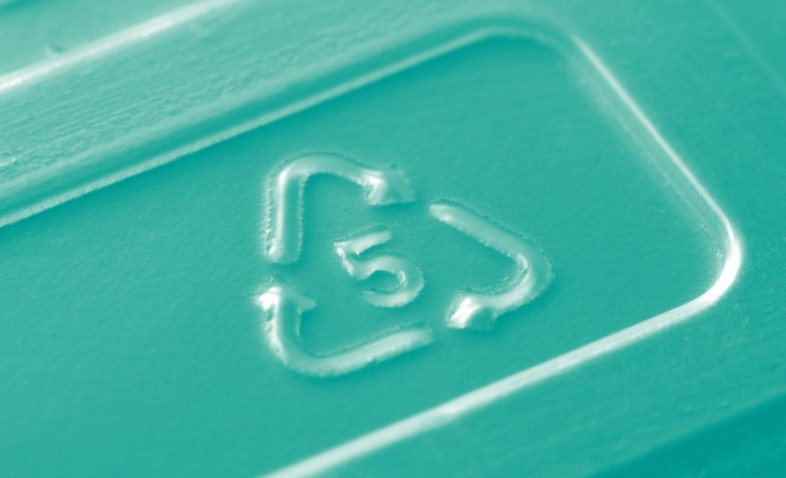PP resin prices continue to climb
main text
PP resin prices continue to climb

North American polypropylene resin prices increased for the second consecutive month in October, following higher prices for polymer-grade propylene (PGP) feedstock.
Prices for PP closed up an average of 4 cents per pound. The September price hike had been 4.5 cents. Combined with previous increases and decreases, North American PP prices now are up a net of 12 cents per pound in 2023.
Pricing moves for PP again matched changes in price for PGP. Supplies of PGP tightened in September and stayed that way in October because of production outages at some propane dehydrogenation (PDH) units. Those include challenges at units operated in Texas by Shell Chemical and BASF/TotalEnergies.
North American PP supplies will be affected by Braskem America's recent decision to stop production on a resin line in Marcus Hook, Pa. Officials said that step is being taken "to ensure the long-term resilience of [the firm] amid continuing global economic uncertainty." The shuttered Marcus Hook line has annual production capacity of about 450 million pounds. Braskem operates a second line at the site with the same amount of annual capacity that will remain in operation.
In a recent market report, PP supplier Blue Clover LLC of New York said that PGP prices "continue to climb higher on PDH issues, yet demand for PP is falling rapidly."
"Given the pop in PGP pricing … [PP] producers and buyers are in a holding pattern to see which side will blink first," they added. "PP producers feel PGP prices moving higher, which impacts their cost of production and are therefore raising prices for widespec and prime PP."
Blue Clover also said that the regional PP market "is coming off a slightly reduced supply period where certain PP reactors were down. These are the primary reasons for the higher PP price offers out there today." But they added that PP demand from the buy side "remains very weak."
"We are past some of the [PP] orders that would make its way to the store shelf for the holiday shopping period," Blue Clover said. PP buyers "see more risk to 'paying up' in price as compared to buying in August and early September when PGP and PP prices were cheaper."
It also cited American Chemistry Council data showing North American PP production was down 10 percent in September, with demand down 7 percent.
"While this [reduction] kept the PP market snug because of lost PP capacity, prices are not being driven higher by strong growing demand," Blue Clover said.
"A lot of this data points to … a big August restock for converters, with some carryover in September. … As production fell, it was met with many converters sitting pretty with inventory and/or anticipating lower prices to end the year," it said.
And although the huge Chinese PP market is improving, it still faces challenges, according to a research note from John Richardson with consulting firm ICIS of Houston. Through the first nine months of 2023, PP demand growth in China was up 2 percent — one point higher than it had been in the first eight months of the year.
"This [increase] might be a sign that the increased economic stimulus introduced since August is having an effect," Richardson said. "But if 2 percent demand growth turned out to be right … it would still be lower than had been widely forecast at the start of 2023."
The Chinese PP market remains oversupplied because China's growth was overestimated, he added. "As recently as three years ago, when new projects had been sanctioned … chemicals demand in general in China was expected to grow by 6-8 percent per year. Now, 1-3 percent seems more likely."
Richardson estimated countries exporting PP to China lost almost $900 million in sales in the first nine months of 2023 vs. the same period in 2022. He added that China also is exporting more of its own PP capacity, which "is placing further pressure on the more established and older exporters."
"China has changed for good, in my view," Richardson said. "There can be no return to the old patterns of growth. Growth will be more moderate than had been expected with the quality of growth becoming more important than its quantity."
* Source : https://www.plasticsnews.com/resin-pricing/pp-resin-prices-continue-climb
* Edit : HANDLER
